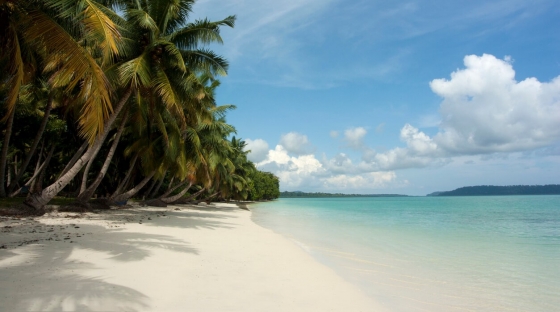Singapore Weather and Climate: A Comprehensive Guide
Singapore is situated just above the equator and has a tropical climate. The temperatures rarely drop below 24°C at night and during the day the maximum temperature rarely rises above 36°C. Days can feel very humid because of the temperatures and high amounts of rain.
The eastern monsoon brings the driest weather (June to September), while the western monsoon brings the main rains (October to January). However rainstorms can occur all year.
Average maximum day and minimum night temperature
The climate in Singapore remains fairly constant, offering very warm temperatures throughout the year. Average maximum daytime temperatures range from a very warm 31°C in May, the warmest time of the year, to a comfortable 29°C during cooler months like January.
At night, temperatures typically drop to an average of around 25°C during these months.Check out our detailed temperature page for more information.
Temperature ranges by month
Precipitation and rainy days
Singapore is known for its substantial rainfall, with annual precipitation reaching 2581 mm. Significant seasonal changes in precipitation occur throughout the year. During the wetter season, November receives heavy rainfall, averaging 320 mm of precipitation, recorded across 20 rainy days. In contrast, the drier season, February brings less rainfall, with 129 mm over 10 rainy days. For more details, please visit our Singapore Precipitation page.
The mean monthly precipitation over the year, including rain, hail and snow
Sunshine over the year
While the amount of sunshine in Singapore varies throughout the year, all seasons offer their own charm. Enjoy up to 6.5 hours of daily sun in March, and experience slightly darker atmosphere in November, with about 4.3 hours of daily sunlight.
Visit our detailed sunshine hours page for more information.
Monthly hours of sunshine
Daily hours of sunshine
Average water temperature
The mean water temperature over the year ranges from 27°C in December to 29°C in April.
Water temperature over the year
Average humidity
The city experiences its highest humidity in December, reaching 87%. In February, the humidity drops to its lowest level at 83%. What does this mean? Read our detailed page on humidity levels for further details.
Relative humidity over the year
Average wind speed
The mean wind speed varies between 1 m/s and 2 m/s throughout the year. It is lowest in March, April, May, June, July, August, September, October and November and highest during January, February and December.
The mean monthly wind speed over the year (meters per second)
Forecast for Singapore



Select a Month of Interest
Check the conditions for any month of the year.
The best time of year to visit Singapore in Singapore
Singapore has high temperatures year round ranging between 29°C and 30°C.The average rainfall figures in Singapore are quite high. Throughout the year, you have a chance of prolonged precipitation. So no matter what time of year you go, you will always have to deal with a high number of rainy days. This makes it more challenging to point out the best time of year to visit. If we needed to pick one month we would choose March which is the sunniest month of the year.
Other facts from our historical weather data:
May has an average maximum temperature of 31°C and is the hottest month of the year.
The coolest month is January with an average maximum temperature of 29°C.
November tops the wettest month list with 320 mm of rainfall.
February is the driest month with 129 mm of precipitation.
March is the sunniest month with an average of 194 hours of sunshine.
No idea where to travel to this year? We have a tool that recommends destinations based on your ideal conditions. Find out where to go with our weather planner.



